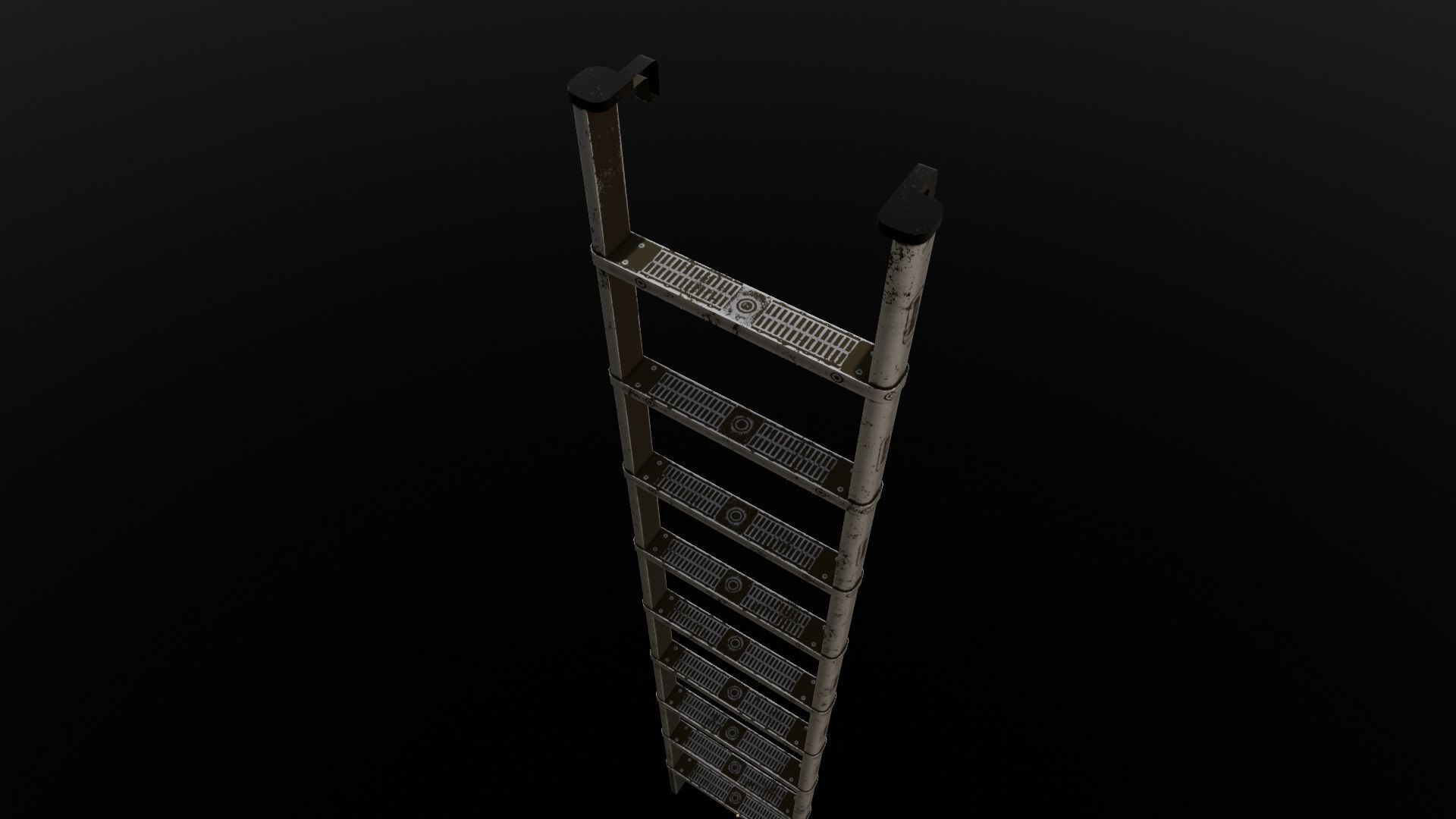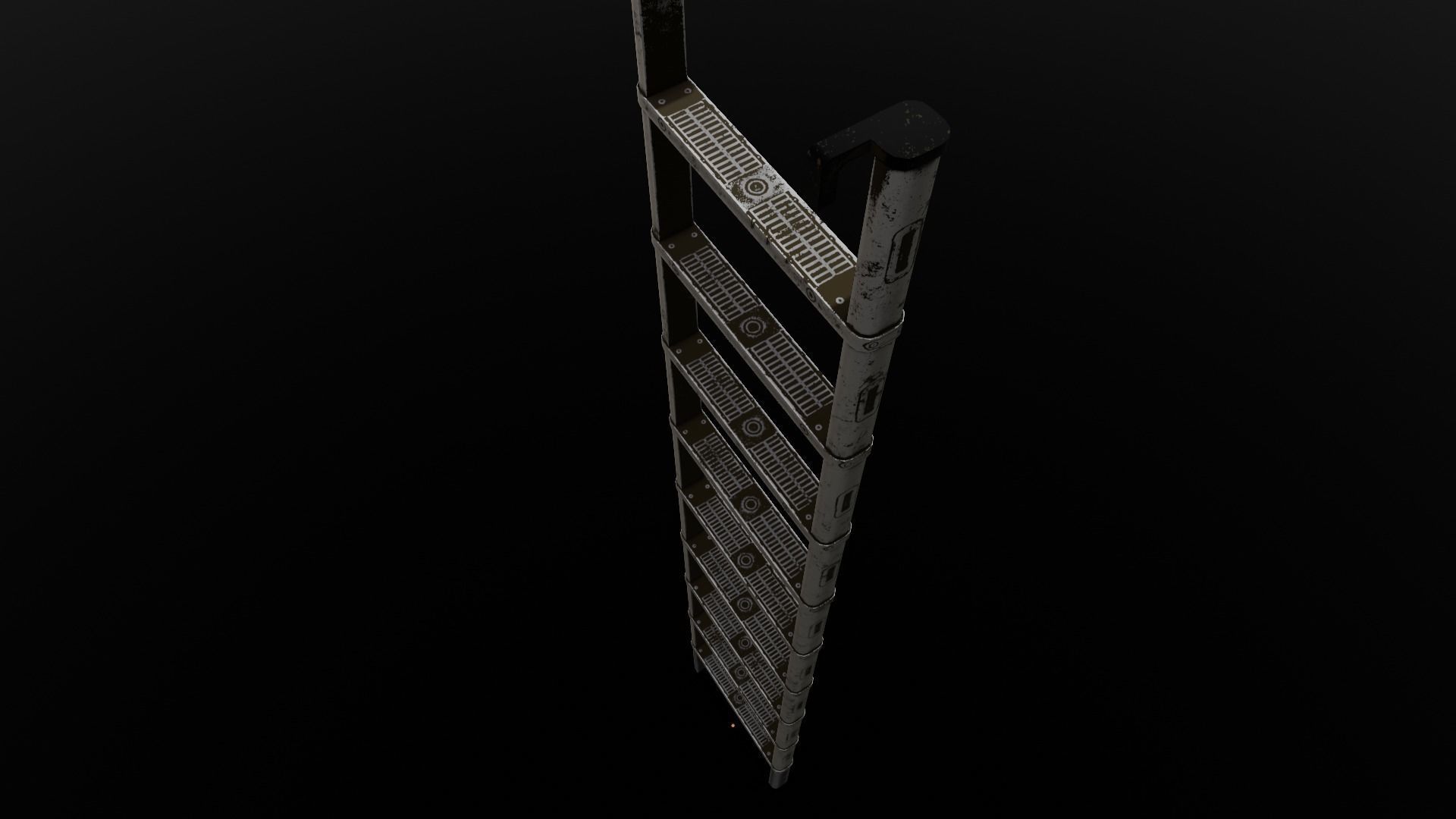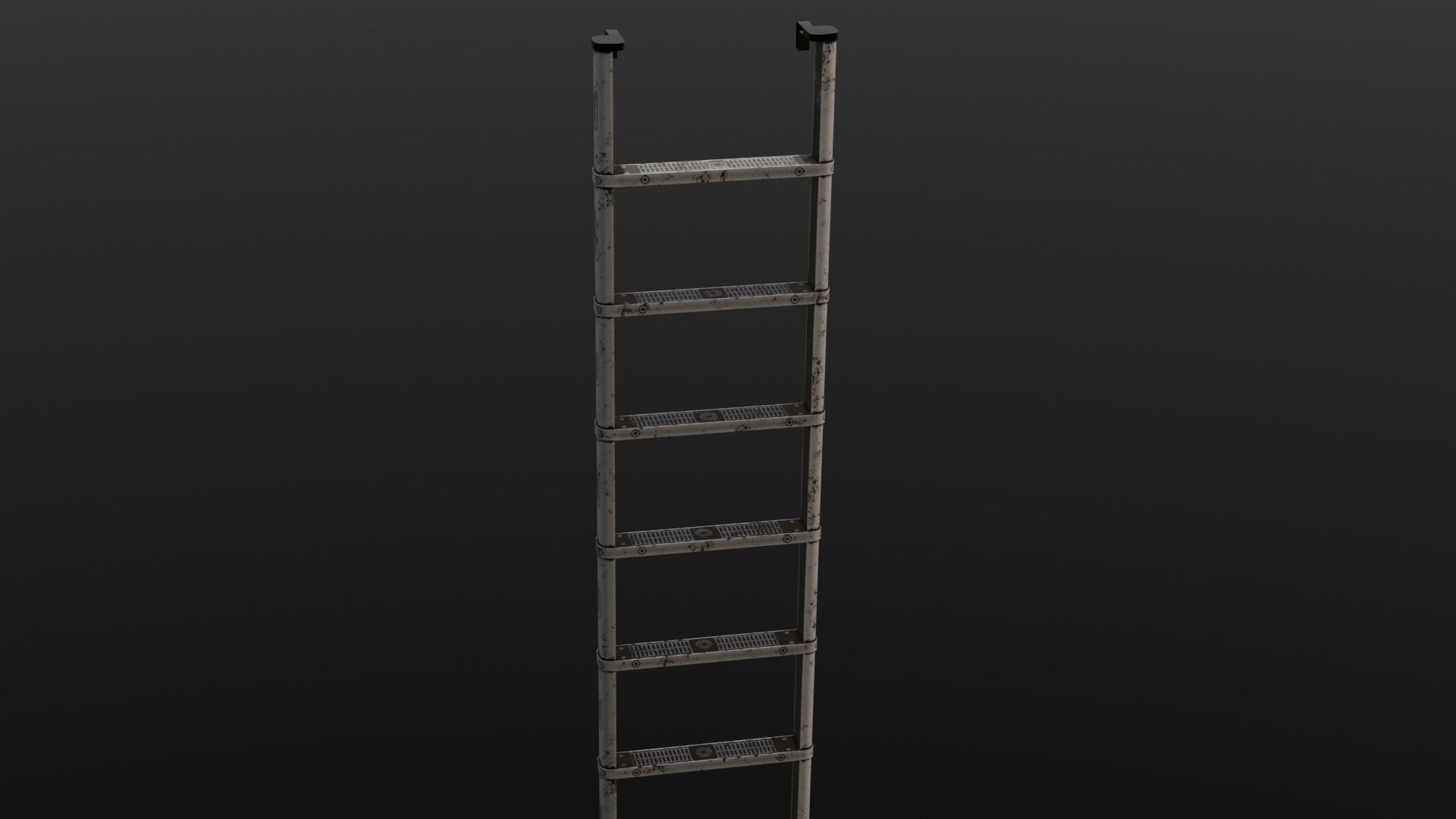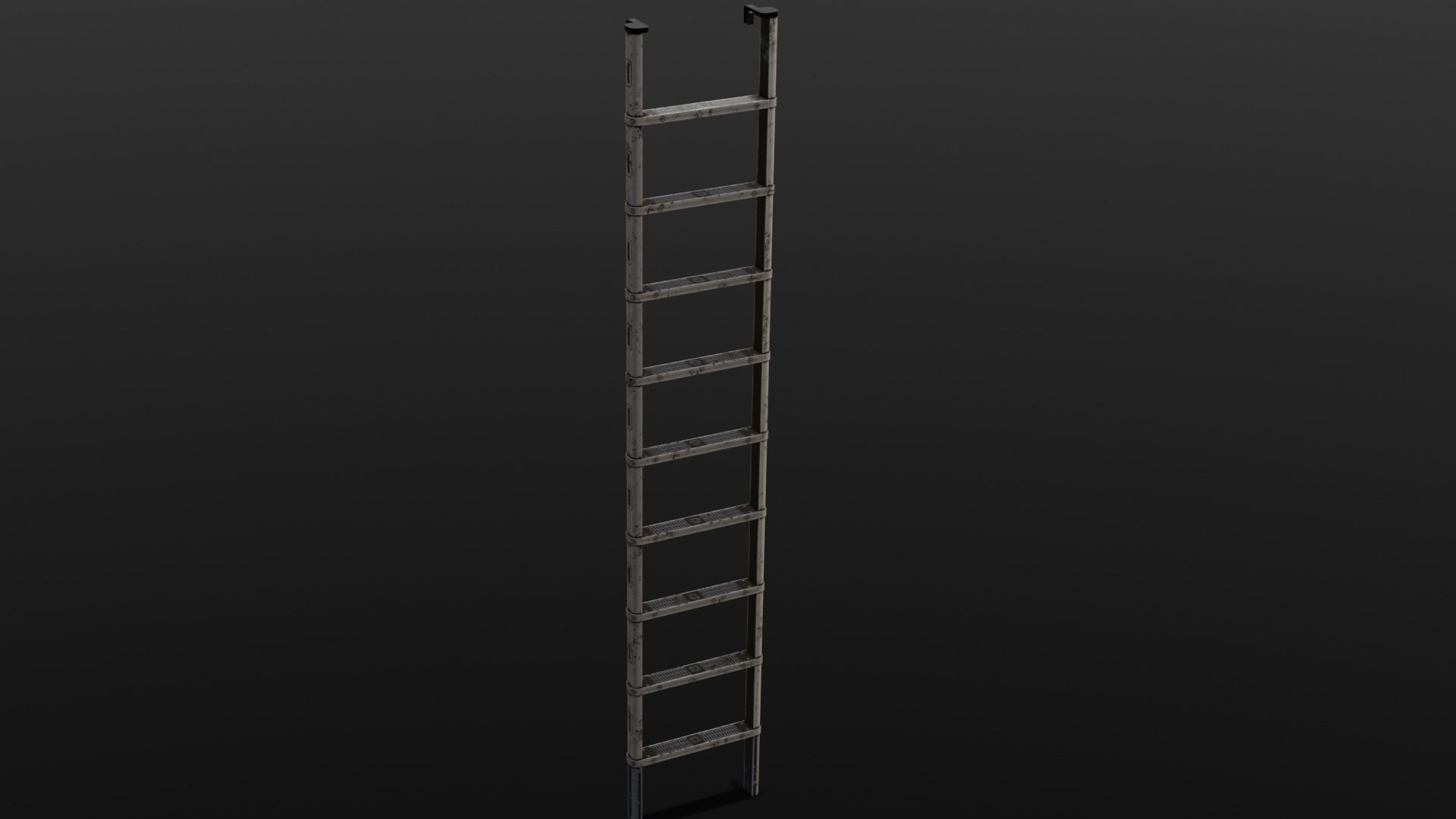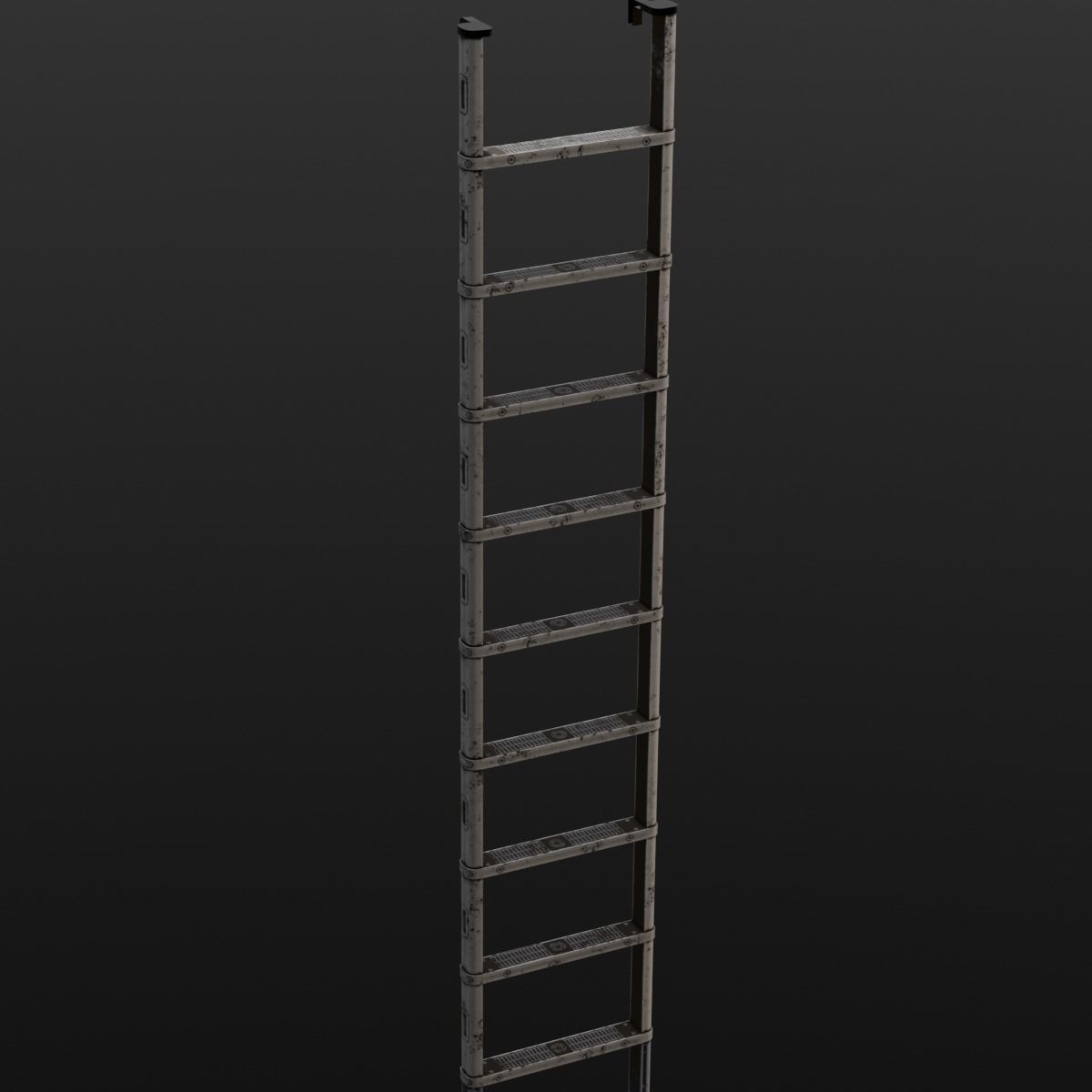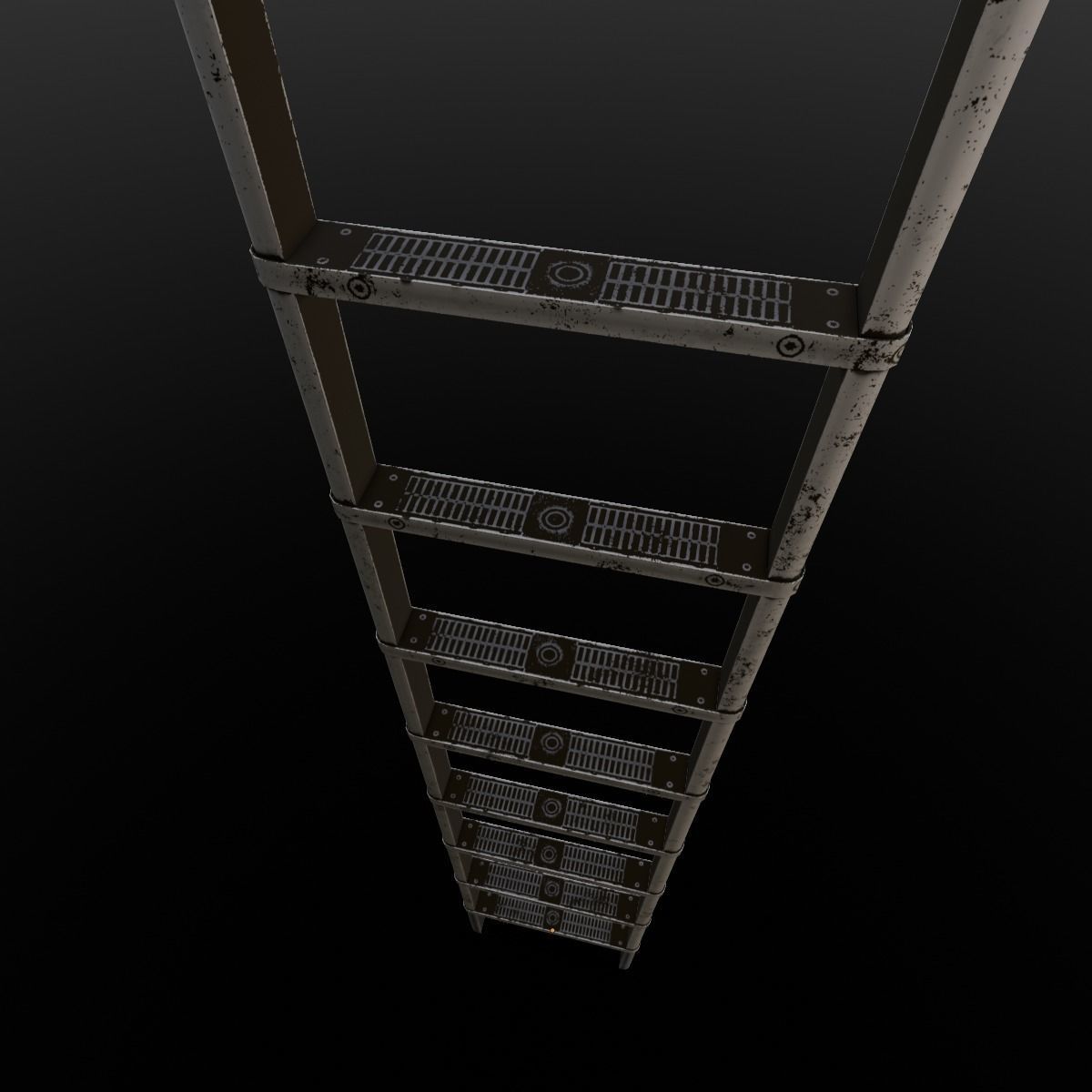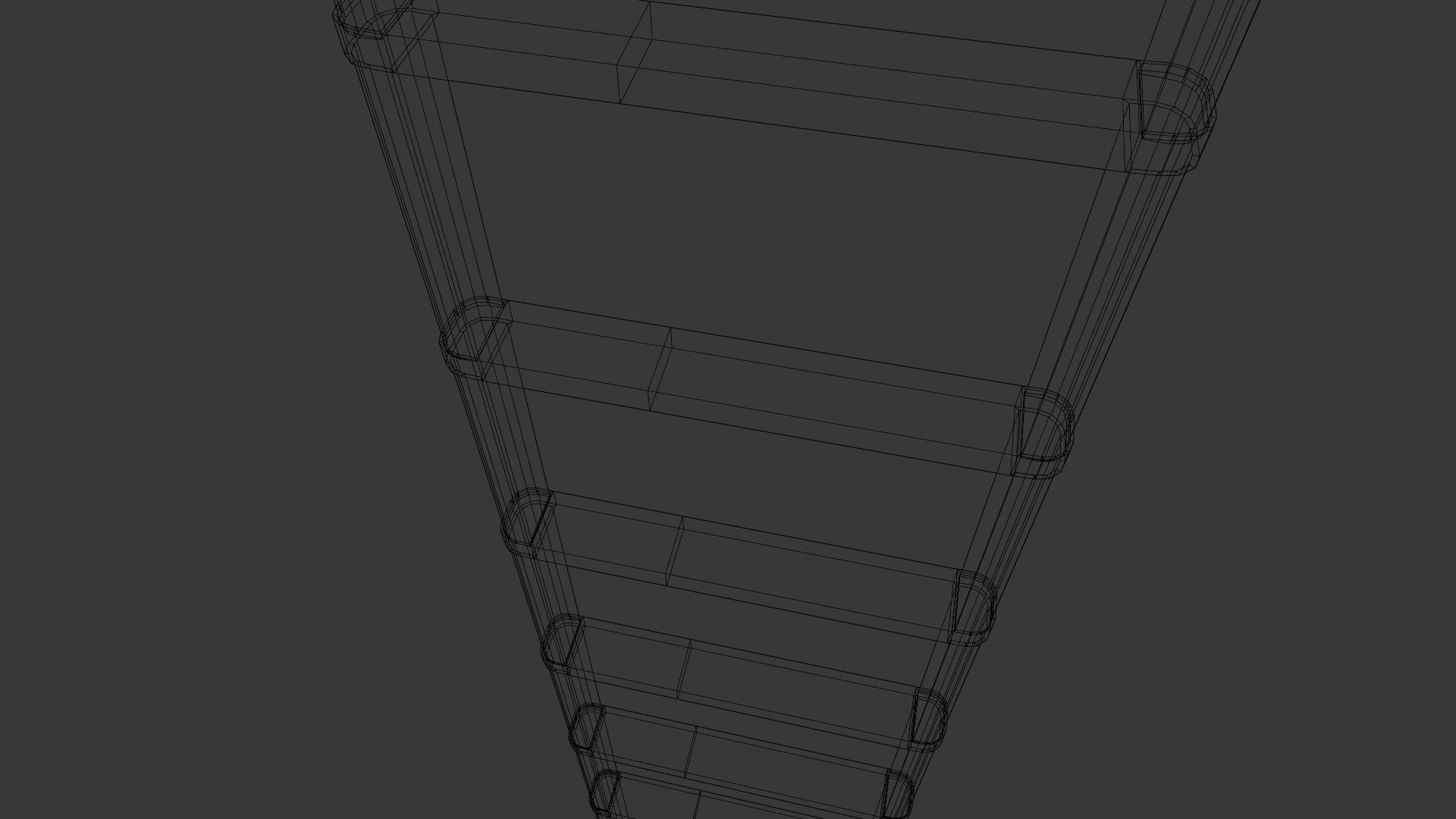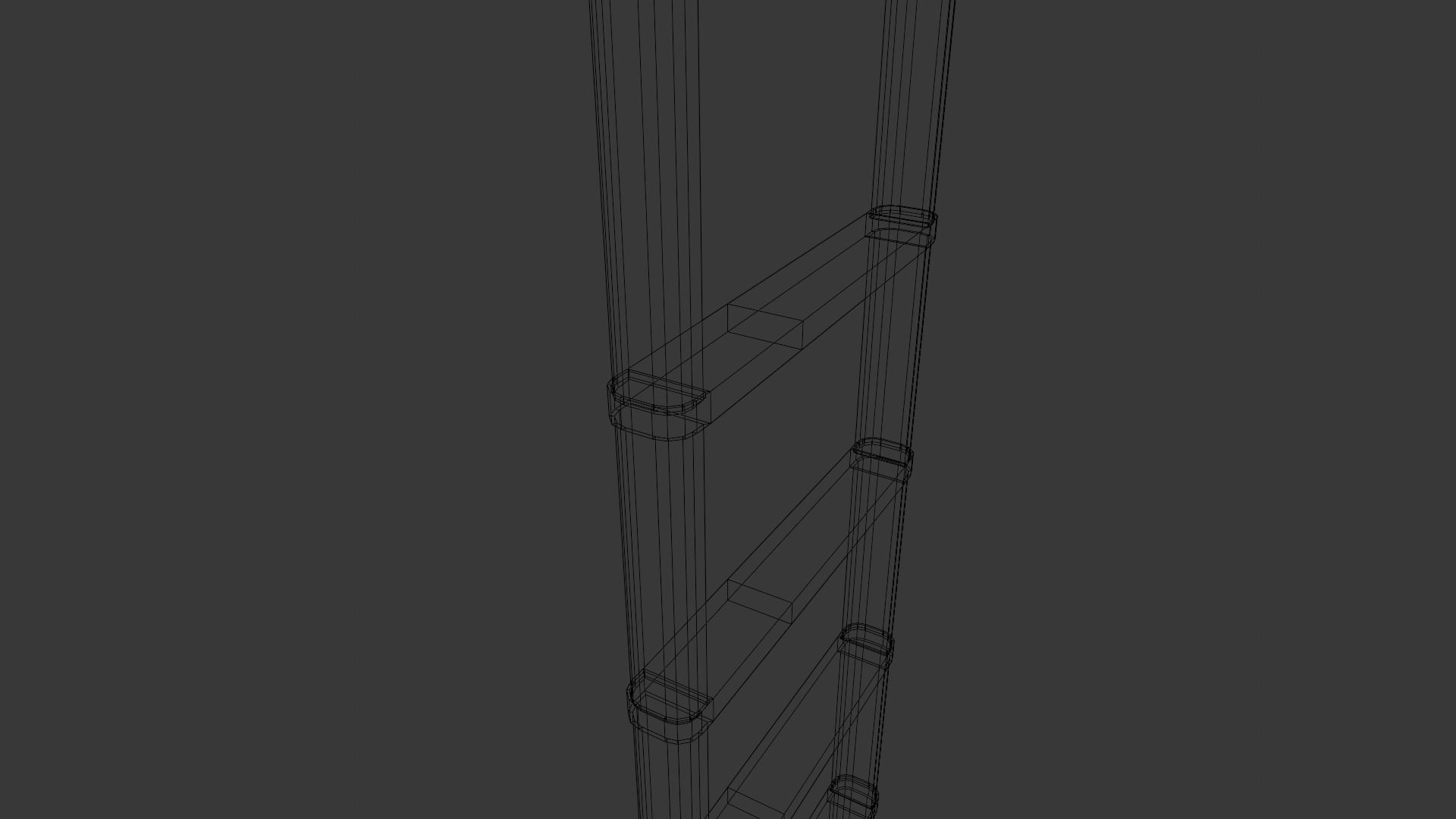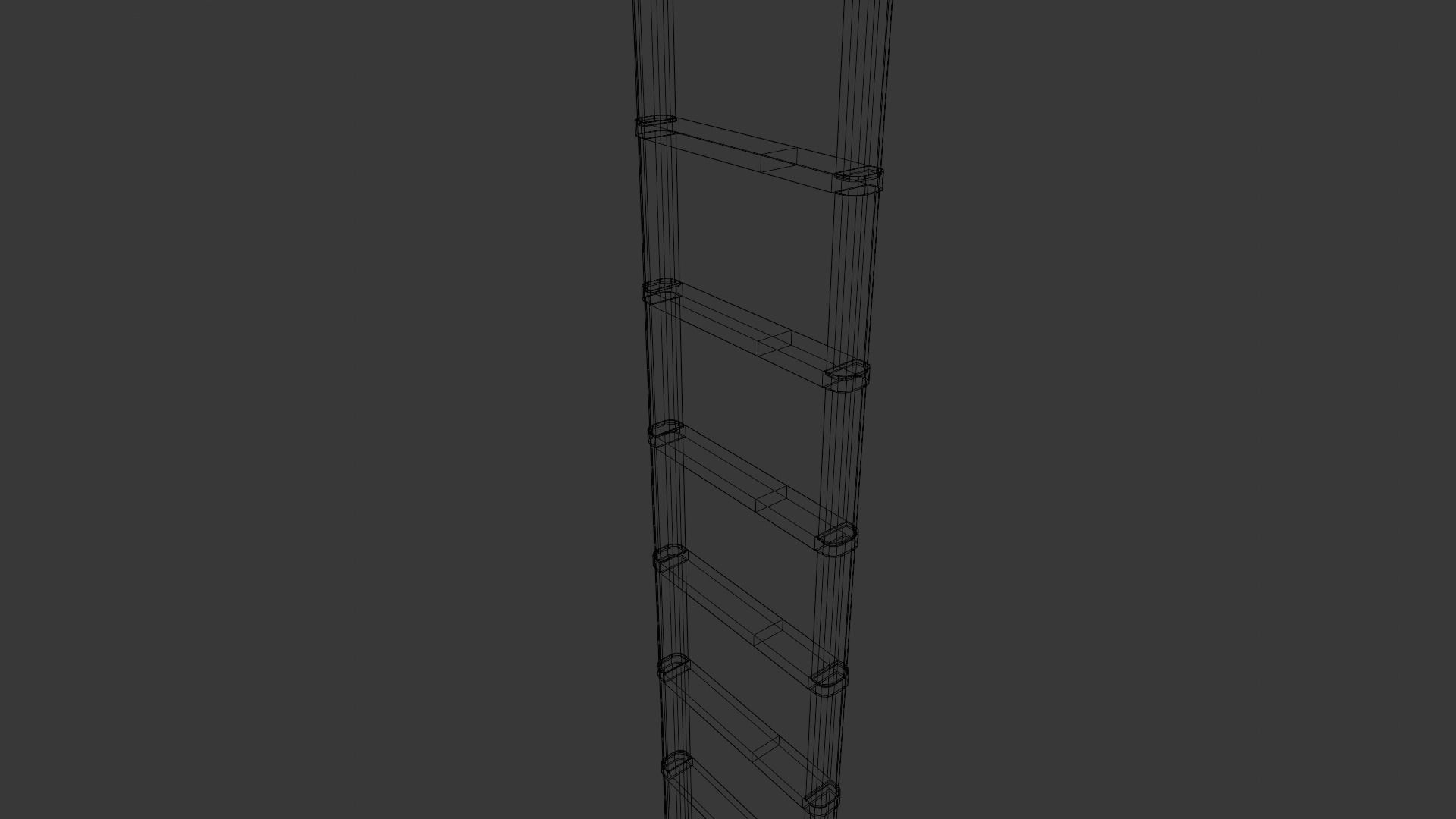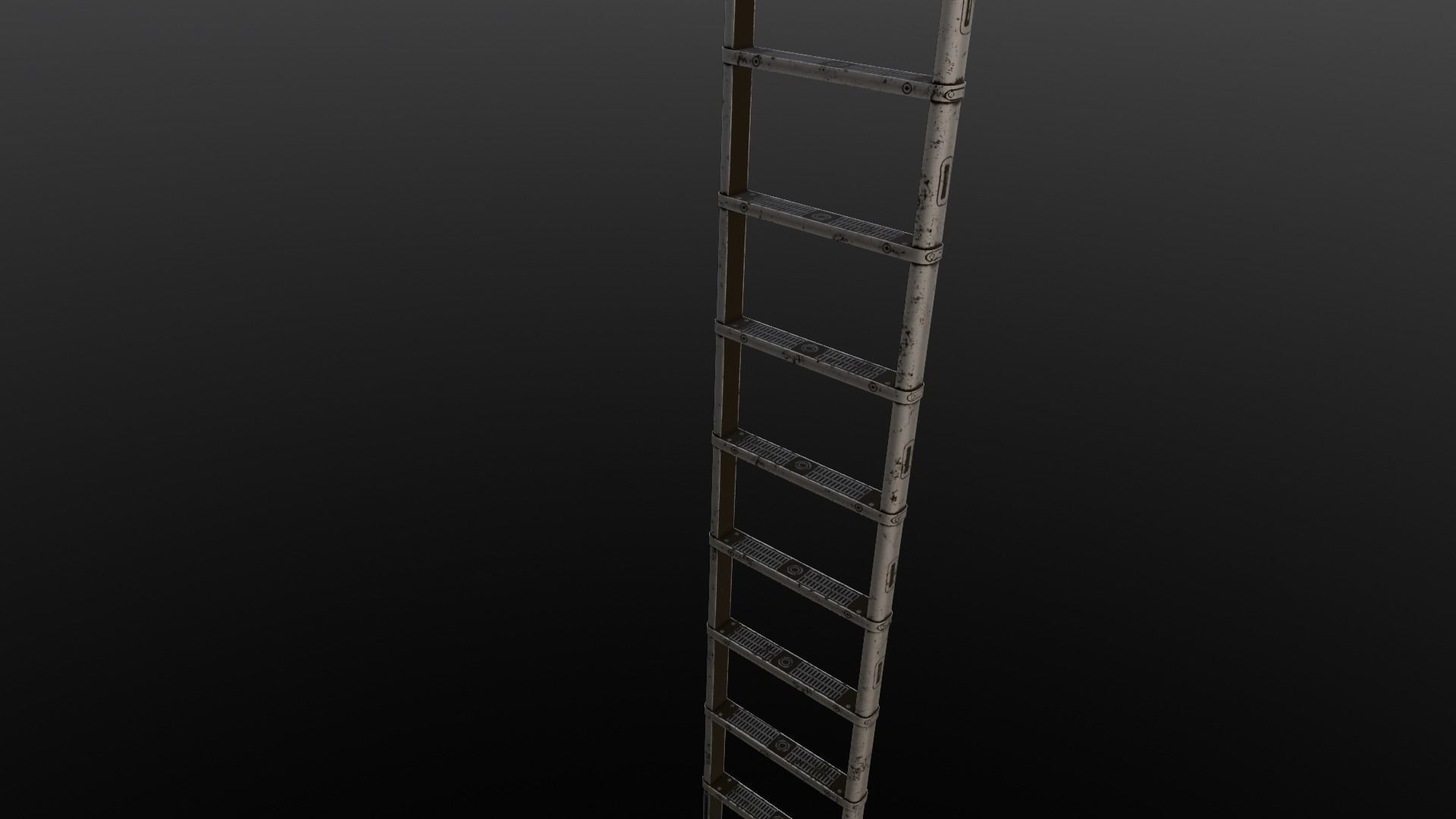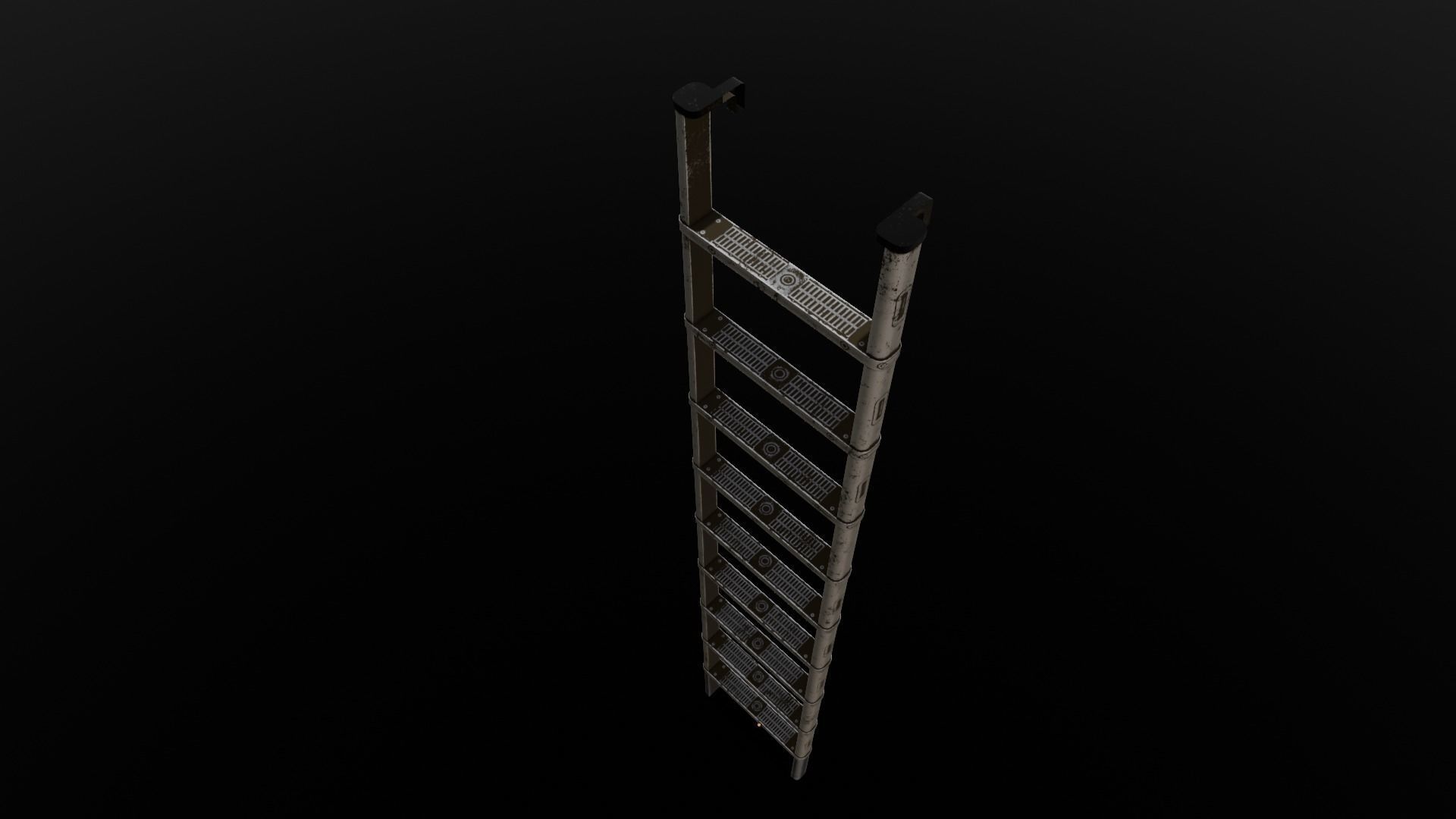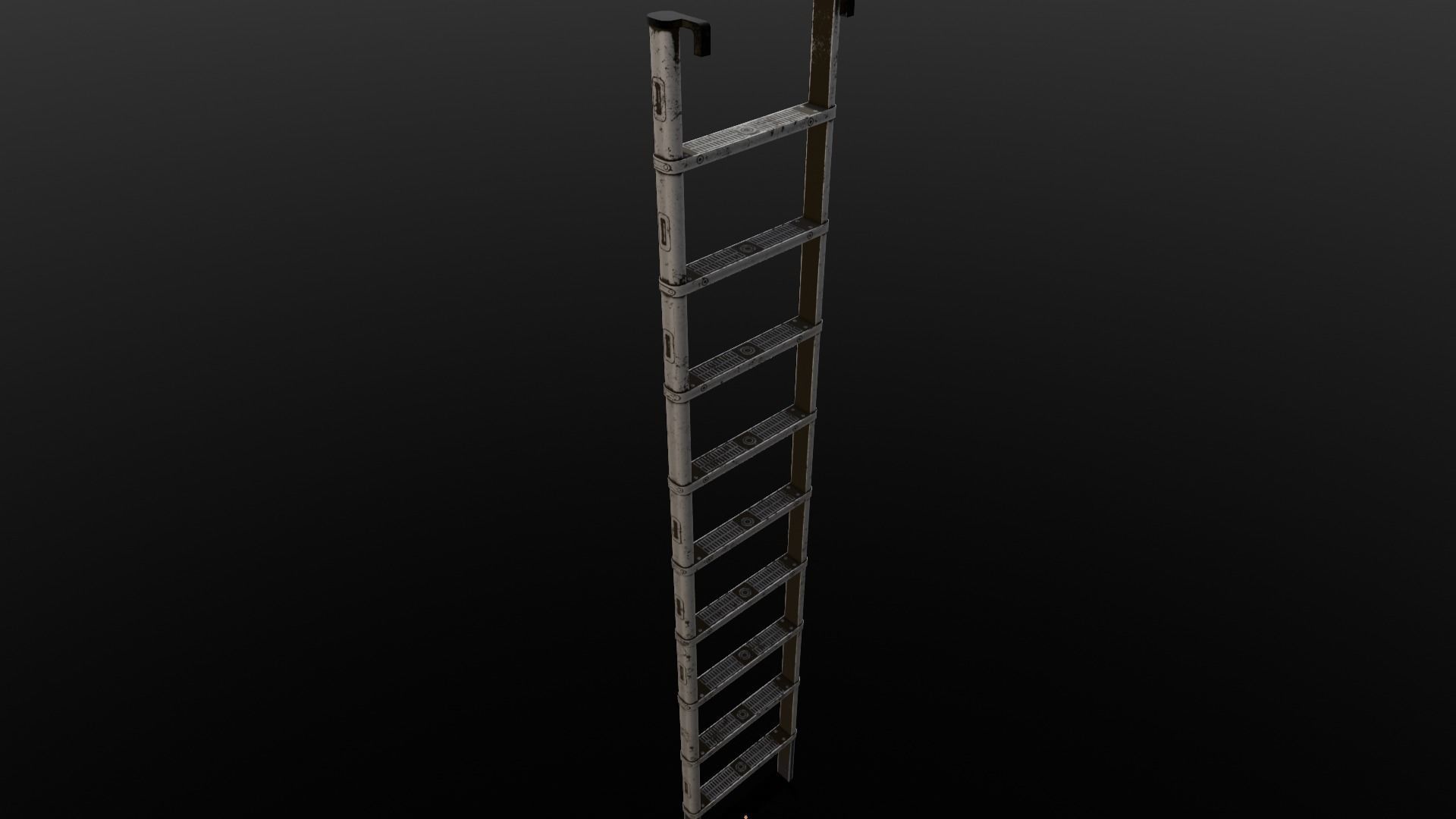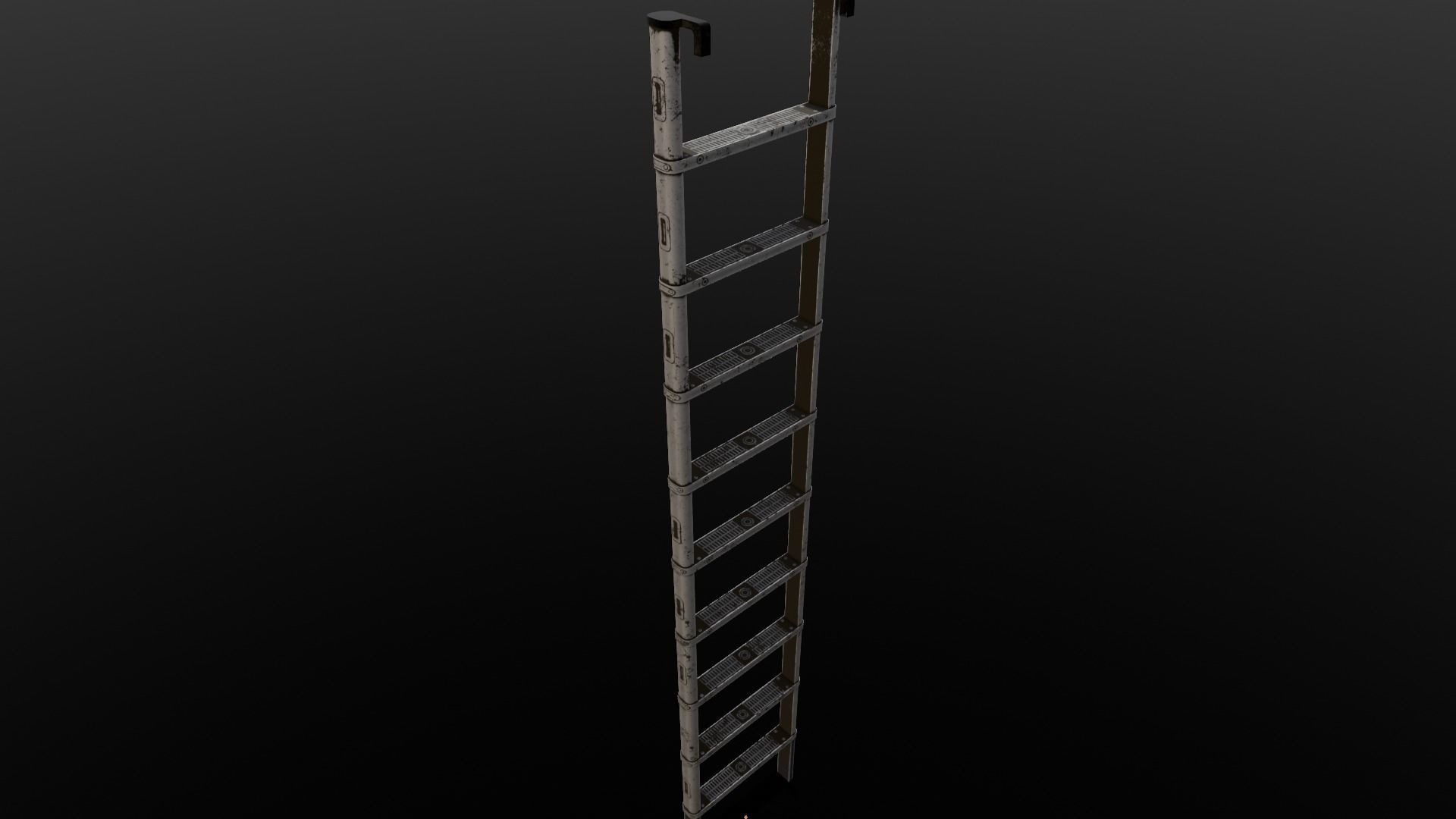
Metal Ladder 3D Model Low-poly 3D model
Technical Specifications:
Model Type: Metal LadderMedia Type: Digital Asset - 3D ModelGeometry: The geometry of this model is constructed using a combination of quads and triangles. This ensures a balance between detail and performance, optimizing the model for various applications.Polygon Count: 1,308 polygonsVertex Count: 1,130 verticesTextures and Materials:
Textures: High-quality textures have been meticulously applied to provide visual detail and realism. These textures simulate the appearance of metal surfaces, including the nuances of wear and tear, reflections, and surface variations.Materials: Various materials have been utilized to define the surface properties of the ladder. These materials accurately replicate the look and feel of metal, enhancing the model's overall authenticity.Animation and Rigging:
Rigged: The model is not rigged, meaning it lacks an internal skeleton or bone structure. It is not designed for custom posing or animation by the user.Animated: The model does not include any pre-defined animations, making it suitable for static visual representations and non-animated applications.UV Mapping:
UV Mapped: The model features comprehensive UV mapping. This ensures that textures are accurately and seamlessly applied across the model’s geometry, avoiding distortions and ensuring the textures align correctly with the ladder’s surfaces.Use Cases:
The 3D metal ladder model is versatile and can be utilized in various professional settings, including but not limited to:
3D Rendering: Ideal for creating high-quality visualizations in digital content creation workflows, such as architectural visualizations, advertisements, and visual effects, particularly in industrial or construction scenes.Simulation: Useful in simulations requiring realistic representations of ladders, such as virtual training, safety simulations, and interactive scenarios.Product Visualization: Suitable for showcasing in marketing materials, presentations, and online platforms, allowing viewers to see the ladder from multiple perspectives.Virtual Reality (VR) and Augmented Reality (AR): Can be used in VR and AR applications to enhance interactive experiences with realistic 3D models.Education and Training: Valuable for educational purposes in teaching 3D modeling techniques, texture application, and the representation of metal structures in digital environments.


